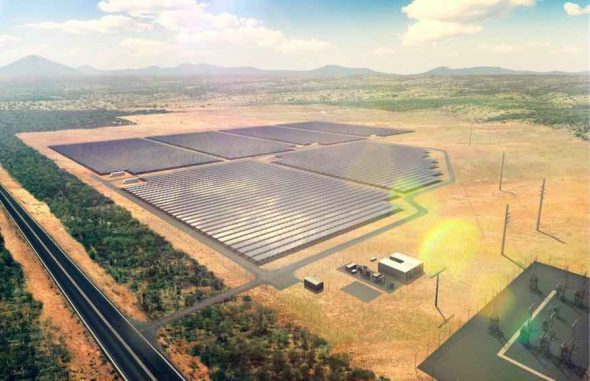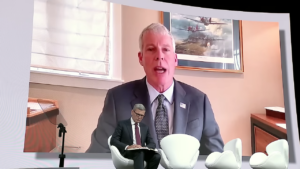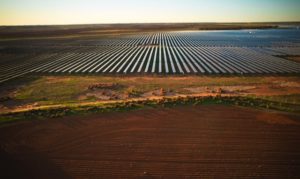North Queensland has become the focus of a bitter debate about whether Australia should be committing government funds to get the Carmichael coal project in the Galilee Basin over the line, or even to build a new coal-fired generator near Townsville.
But there is a quiet revolution going on that certainly makes the push for a new coal-fired generator seem redundant, or even completely misplaced: north Queensland is about to become the region in Australia to be the first major exporter of solar power.
The area has traditionally relied almost exclusively on power imported from coal-fired generators located more than 1,000km to the south, but now even the Australian Energy Council thinks building a new coal generator in the north is a dumb idea.
 Right now, the region is undergoing a major boom in investment in large-scale renewables – most of it in solar PV – that will result in some 4,000MW of new capacity, more than four times the size of the local peak demand of less than 1GW.
Right now, the region is undergoing a major boom in investment in large-scale renewables – most of it in solar PV – that will result in some 4,000MW of new capacity, more than four times the size of the local peak demand of less than 1GW.
That is going to turn north Queensland into a significant exporter of solar power – the first region in the country to reach that status, and at such scale. To put that new build into context, it compares to just 350MW of completed large-scale solar PV projects around the country.
Don McPhail, who heads network strategy at Ergon, now part of the Energy Queensland Group, notes that the renewable energy boom in Queensland is not just a phenomenon for the north of the state, because there are now some 4GW of publicly proposed solar projects in Queensland, and a lot more that have not yet broken cover.
McPhail says there have been more than 100 inquiries for large-scale solar plants of 5MW or more, and more than 700 inquiries for solar installations of 30kW to 5MW, indicating the intent of many in the region to go solar and the push for local, or distributed generation.
Leading this charge, from a corporate point of view, is zinc producer Sun Metals, which is building a 116MW solar plant to underpin the potential expansion of its zinc refinery – which can only go ahead if it keeps energy costs under control. Solar is the best way to lock in cheap prices.
The solar push by Sun Metals also means that the biggest energy consumer in the region is also less reliant on the grid, undermining the case for a new government-funded coal generator, which remains the ambition of many conservatives even though there is no private interest in a new coal plant.
“We are seeing a big shift in the way in which the area will consume energy,” McPhail told the Clean Energy Summit this week. Some of the proposed projects in the north will be constrained by grid limits, but this will be addressed by a new connection announced by the state government earlier this year.
That clean energy hub transmission route is expected to be able to unlock another 2GW of renewable energy capacity, including the big Kidston 270MW solar farm with a 250MW pumped hydro plant.
McPhail also noted that local councils were looking to at other energy sources such as geothermal as well as solar, and some were looking to take the whole community off grid if it could save money.











